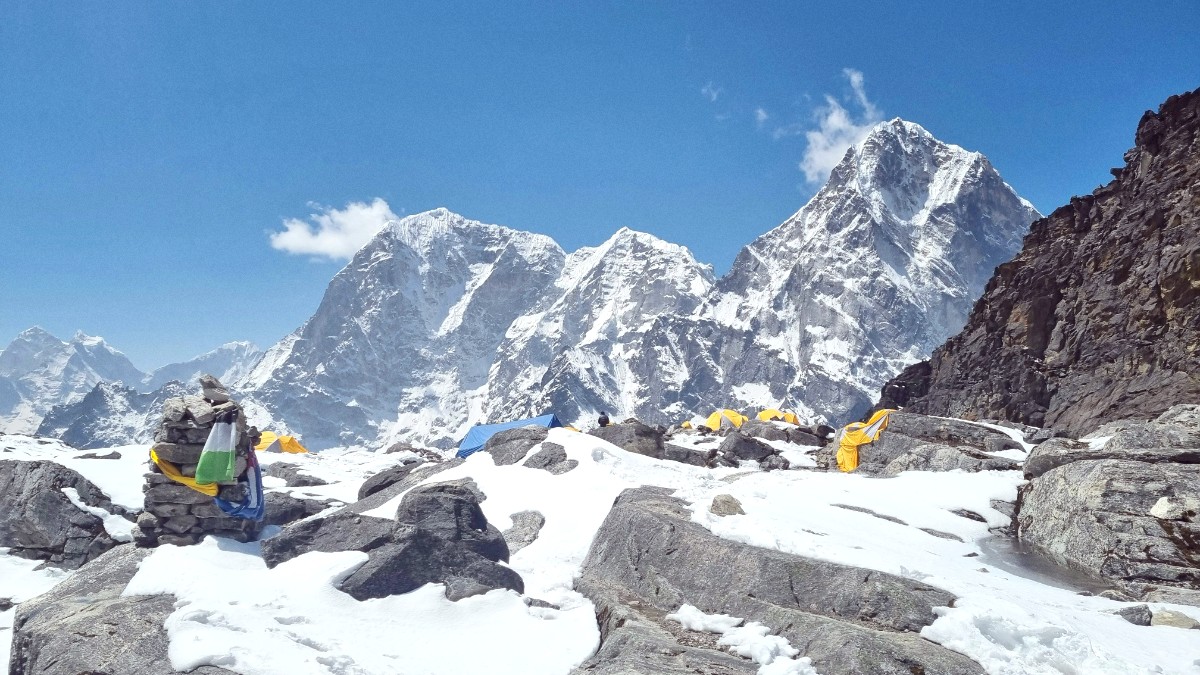
Nepal
Chronological planning for a smooth journey.
Strategic planning ensures a well-prepared trek experience.
Decide on independent or agency trek. Research reputable trekking companies, compare itineraries, and read reviews.
Secure flights to and from Kathmandu for peak seasons. Prices are higher and availability limited during peak seasons.
Begin a dedicated physical regimen. This includes cardiovascular endurance, strength training, and endurance hikes with a weighted backpack.
Visit a travel doctor. Discuss vaccinations for Nepal and inquire about prescription medications for altitude sickness (e.g., Diamox).
This step is important. Purchase travel insurance that covers high-altitude trekking (up to 6,000m / 20,000 ft) and emergency helicopter evacuation.
While a visa on arrival remains an option for most, applying in advance at a Nepalese embassy/consulate provides peace of mind.
Secure your Kathmandu-Lukla-Kathmandu flights if independent. If using an agency, confirm their booking.
Acquire hiking boots, sleeping bag, and down jacket. Crucially, break in your hiking boots to prevent blisters.
Reconfirm international flights, Lukla flights, and Kathmandu hotel reservations. Notify your bank of travel plans to avoid security holds on cards.
Informed preparation elevates your trek experience.
Final arrangements before you embark on your adventure.
Securing these ahead of time simplifies your journey.
Always create multiple photocopies and digital scans/photos of your passport, visa, travel insurance policy, flight tickets, and any important contact numbers. Store copies separately from originals.
Use a pre-booked transfer or a prepaid taxi from the airport to your accommodation to avoid hassle and potential overcharging.
Leave non-trekking clothes and unneeded items at your Kathmandu hotel. Most hotels present secure storage for free or a small fee, lightening your load.